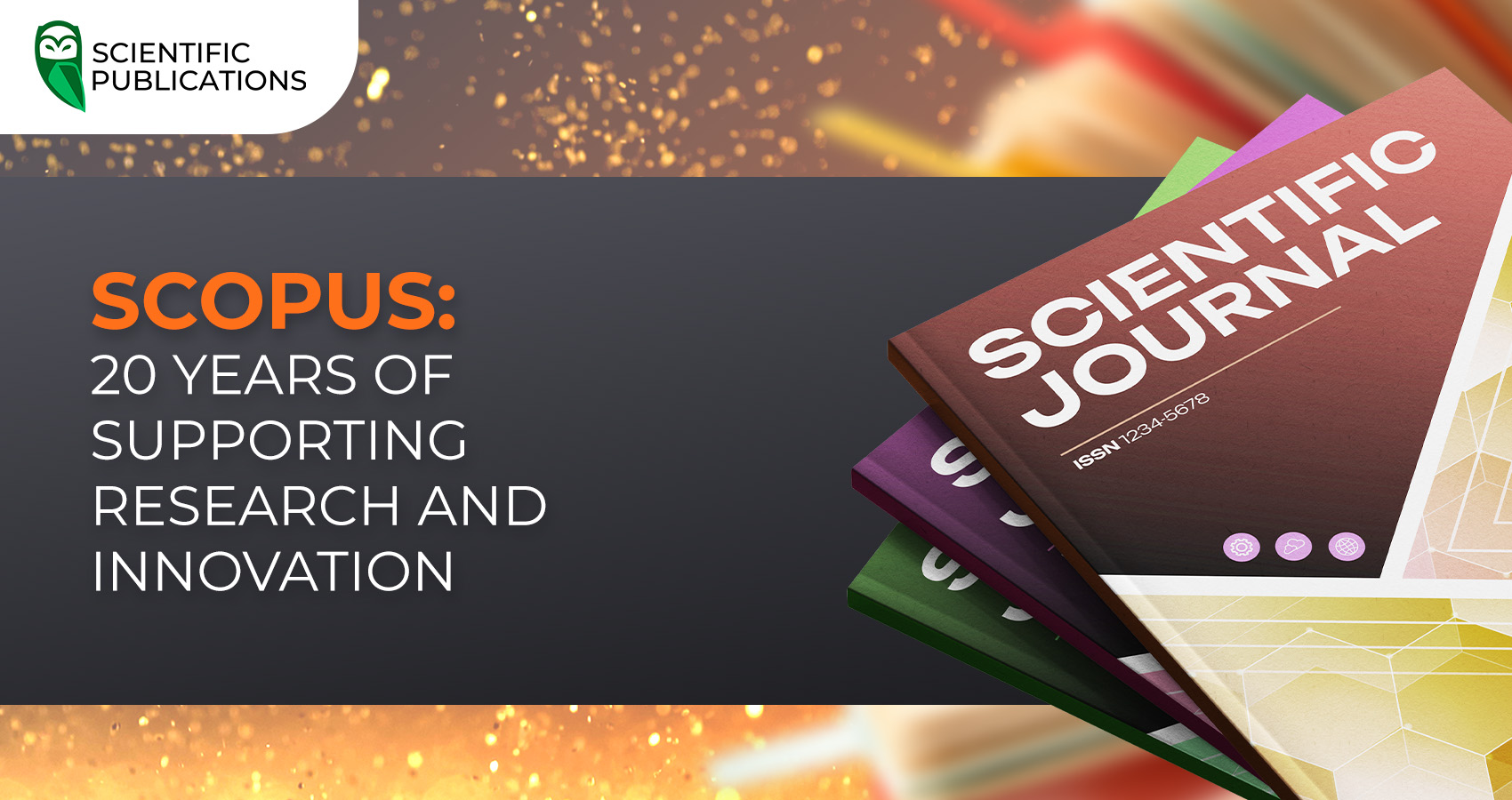Structuring a scientific article is an important stage of work that affects the perception of your research results. In the academic community, the IMRAD model is a generally accepted standard for organising articles. It helps to clearly organise information and make it accessible to readers. In this article, we will look at the basic principles and practical aspects of writing scientific articles according to the IMRAD structure.

What is IMRAD?
IMRAD is a generally accepted system of organising scientific text that reflects the logic of scientific research and ensures a clear sequence of presentation. This format has become the standard for publications in most international scientometric databases and is used for writing scientific articles.
The structure originated in the second half of the nineteenth century and has gradually evolved to its current form. In fact, IMRAD is an abbreviation, each letter of which stands for a specific section of a scientific paper.
The meaning of the abbreviation:
- Introduction;
- Methods;
- Results;
- and Discussion.
It is worth noting that there is a debate in academic circles about the interpretation of the letter ‘A’ in this acronym. There are two main views on its meaning. According to the first approach, ‘A’ stands for the simple conjunction ‘and’, which connects the components ‘Results’ and ‘Discussion’.
In contrast, the second approach insists that ‘A’ stands for ‘Analysis’ – an important stage of research that involves an in-depth study of the results before they are discussed.
The main advantages of using the IMRAD framework are:
- universality and clarity for the international scientific community;
- facilitating the process of reviewing manuscripts;
- simplification of the search for necessary information for readers;
- a clear logical sequence of material presentation;
- the ability to quickly get acquainted with the key aspects of the study;
- standardisation of the process of writing scientific papers.
The meaning of each section
1. Introduction
Since the "Introduction" is the beginning of a research paper, it is important to clearly describe the key issue that was considered in the course of the study. Aspects that need to be addressed in this section:
- Relevance of the topic: Why is this topic important for research? What practical or theoretical problems does it solve?
- Literature review: What research already exists on the topic? What are they lacking?
- Research objective: What specific contribution do you want to make to this topic? What questions do you plan to answer?
- Hypotheses or research objectives: What assumptions are you making? What answers are you looking for?
2. Methods
This section should focus on the actual process of conducting the research. The author should describe in detail the principle of his or her work. You should cover the following aspects in the text:
- research methodology;
- tools that were used for each stage of work;
- data collection procedure;
- the duration of the research.
However, it should be emphasised that the section should focus exclusively on describing the methodological framework, avoiding premature discussion of results or conclusions.
3. Results
This section is devoted to demonstrating the results of the study, and it should be the largest section in terms of volume. At this stage, the author formulates thesis statements that summarise the key findings of the research. It is important that these generalisations are clear and understandable.
The same sequence of presentation should be followed as in the "Methods" section. The author should describe all stages of the research and the results obtained at each stage in chronological order.
For clarity and better perception of information, it is advisable to use visualisation elements such as graphs, tables and diagrams. These graphic materials will help to simplify the perception of complex information and emphasise the significance of the results.
4. Discussion
The "Discussion" section explains the significance of the results in the context of previous research by other scientists and the specific issue addressed in the article.
At this stage, the scientist has to conduct a comparative analysis of your own results with the achievements of other scientists. It is necessary to identify common features with other studies, in particular, similarity of methodological approaches, materials and tools used, similarity of the results obtained, parallels in conclusions and recommendations, etc.
It is equally important to highlight the differences: innovative aspects of your methodology, new results obtained, unique observations and findings, specifics of the approaches used, etc.
In addition, it is necessary to explain why the findings are significant and interesting, as well as in which areas they can be applied (their practical significance).
Structuring a scientific article is one of the key stages of research that must be approached responsibly. Using IMRAD allows you to organise materials and information in a clear and consistent manner. However, it is important to remember that even a perfectly structured article will not be valuable without thorough research, up-to-date data, clear methodology, and tangible results.
If you need assistance in publishing an article in journals indexed by Scopus or Web of Science, please contact the specialists of "Scientific Publications". We will prepare a work plan according to your request. Fill out the form below, and our manager will contact you within a business day. Together to new scientific achievements!





